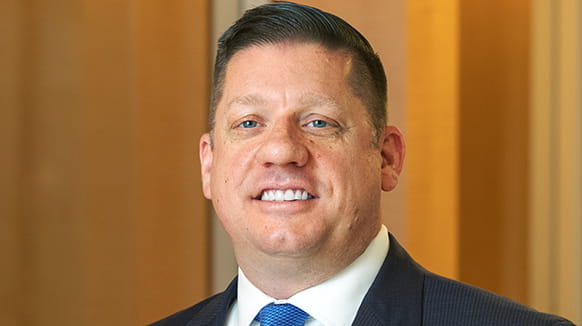Haynes Boone Lawyers David McCombs, Jonathan Bowser and Eugene Goryunov authored an article for Westlaw Today following an updated guidance from the U.S. Patent and Trademark Office.
Read an excerpt below:
The U.S. Patent and Trademark Office (USPTO) recently published an Updated Guidance for Making a Proper Determination of Obviousness. 89 Fed. Reg. 14,449 (Feb. 27, 2024). The updated guidance is not intended to change the law; rather, it serves as a reminder of the flexible approach to obviousness that is mandated by the U.S. Supreme Court's decision in KSR Int'l Co. v. Teleflex Inc., 550 U.S. 398 (2007).
The guidance does not have the force and effect of law at this time, but it provides practical insight into the USPTO's approach to obviousness for practitioners involved in prosecution and post-grant validity challenges.
The Court in KSR explained that the obviousness inquiry articulated in Graham v. John Deere Co., 383 U.S. 1 (1966), demands flexibility. But flexibility can have a fluid meaning. The focus of the guidance, therefore, is to harmonize decisions from the U.S. Court of Appeals for the Federal Circuit that explore and clarify the metes and bounds of the obviousness inquiry. The guidance explains that the KSR flexibility applies at least to the scope and content of the prior art; whether a reference is analogous art; and motivation to combine prior art references.
Scope and content of the prior art
The flexibility of the obviousness inquiry comes from, as the Federal Circuit put it, "common sense." Common sense can be used to glean suggestions from the prior art that go beyond the primary purpose for which the prior art was introduced. And that is key: In understanding the prior art, one must understand how the prior art extends to all that the art reasonably suggests. This is to say that prior art is not limited to its specific articulated teachings.
Failing to view prior art in a flexible manner risks a result that is highly narrow or rigid, one that would incorrectly omit reasonable inferences that a person having ordinary skill in the art would have drawn from the prior art's teachings. Indeed, the guidance identifies various Federal Circuit decisions finding that a lower court or the Patent Trial and Appeal Board overlooked background information that could easily explain why a skilled artisan would have been motivated to combine or modify the cited prior art to arrive at the claimed invention.
To read the full article in Westlaw Today, click here.

